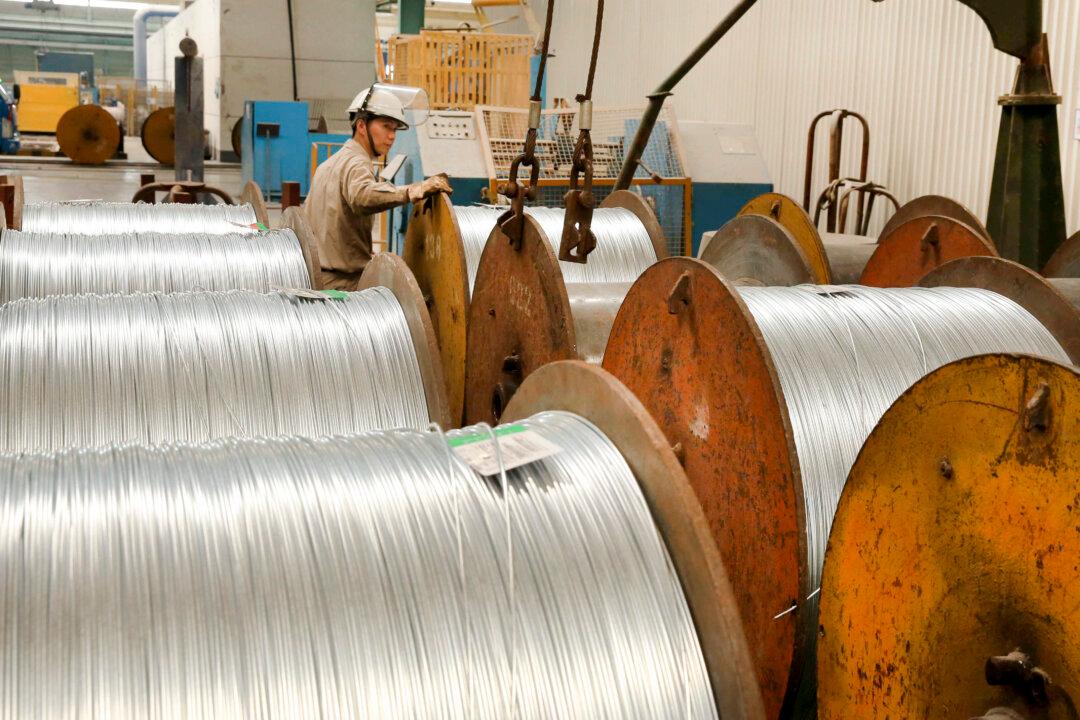Washington seems to have missed the lessons of 2008’s financial crisis that it seems ready to set up the nation for a second run.
The last crisis had lots of moving parts and reflected many bad decisions. One of great significance was Washington’s long insistence that banks and other lenders extend more and more mortgage credit to lower-income people who would likely have difficulty meeting their financial obligations, the so-called sub-prime borrower.
As the government for years pressured banks to make such loans, the risk of default in the financial system grew. When what otherwise might have been a minor economic setback put these poor borrowers in a position where they could not pay, all these lenders found themselves in a precarious position. Now, 15 years on, the Biden administration seems eager to orchestrate a rerun of the disaster.
Though the specifics of this new policy look nothing like the game Washington played in the runup to 2008, the essentials and the effect will be the same. Instead of the old way of using regulatory powers to reward and punish lenders according to how well they followed Washington’s directions on sub-prime lending, this new approach relies on the Loan Level Price Adjustment (LLPA) rule. It would subsidize mortgage fees for lower-income borrowers, those with low credit scores, and who are unable to offer a substantial down payment. Those subsidies would extend to the cost of mortgage insurance, which is typically required when a buyer puts relatively little cash down. The rule would enable this support by charging higher fees to those with better credit scores and who are willing to make a higher down payment.
The aim is a worthy one—to bring more lower-income people into home ownership and thereby give them more of a stake in their community as well as an important leg up on the path to wealth creation. Worthy as the goal is, however, the new LLPA rule would fail to serve its intentions and bring other ills with it as well.
One such problem considers fairness, or, to use a word much more common these days, equity. It would seem fundamentally unfair to press higher fees on borrowers who are more likely to repay the loan than those who are less likely to repay it. It would further seem ill-advised to effectively penalize (at least relatively) those who may have postponed their purchase for years in order to amass a larger down payment and who also imposed on themselves the financial discipline necessary to earn a high credit score. The more important economic problem is that the rule exposes the country’s financial system to an ever-greater probability of facing widespread default on loan portfolios, in other words, the very same risks that led to the 2008–09 crisis.
Reduced fees will offer low-income borrowers some relief on their costs and, to that extent, make it easier for them to meet their financial obligations. But this is paltry protection. These fees are only a small part of the cost of home ownership. The size of the mortgage and the interest rate on it constitute a greater portion of the burden. And then, of course, there are also unexpected repairs, a leaky roof, for example, the failure of home appliances, accidents, and a long list of other expenses with which all homeowners are familiar. These costs fall on all, but to a low-income person already only just able to meet even a subsidized payment structure, they can force a failure to meet the terms of the mortgage. If enough of these borrowers fail, the lenders will find themselves in a precarious financial position, which is precisely what happened in 2008.
It will take time to develop the full amount of risk involved. Right now, there are relatively few such sub-prime loans on the books for mortgage lenders or elsewhere in the financial system. The bankers seem to have longer memories than people in Washington do. The problem may never develop. It seems that recently the Federal Housing Finance Agency (FHFA) has put the effort on pause.
Even if the rule change does go ahead, it will take time to develop a critical mass of risky loans. The risk, however, will grow with each passing week. Then the slightest economic setback, much less the recession that is highly likely to develop soon, could bring on the loan failures and a return to the mess that all—save Washington, it seems—remembers all too well.





